98-02 LS1 Full Throttle Timing Tuner & Nitrous Controller
$269.99
Model Number: LS1-TTThe Timing Tuner is a device that is installed on LS1 and derivative engine equipped vehicles for adjusting the spark advance ‘timing’ to extract improved engine performance. The unit installs ‘in-line’ with the crankshaft sensor wiring and alters the signal that is received by the PCM (Powertrain Control Module, ‘engine computer’). By shifting the crankshaft signal ahead or behind in time the spark timing in the engine is changed.
The Timing Tuner is used to adjust the Spark Advance to improve engine response and power. Assuming sufficient octane fuel is used, most production engines will make more power with a few more degrees of spark advance. However when Nitrous Oxide or superchargers/turbochargers are used to raise horsepower the spark advance must be reduced (retarded) to prevent detonation. Detonation (pinging, spark knocking) is very destructive and is to be avoided. Always run high enough octane fuel for the power levels desired.
The Timing Tuner also has a Nitrous Oxide (N2O) control feature. The unit features activation delay, timing retard, and activation controls based on RPM (programmable window switch). The setup can be optimized for non-N2O driving and when the trigger wire is energized the secondary settings are activated. This ensures the optimum setting is always available both with and without N2O.
THE TIMING TUNER KIT CONTAINS THE FOLLOWING PARTS:
- Timing Tuner control box
- Timing Tuner wiring harness (3 feet long)
- N2O connection harness (18 inches long)
- Service jumper plug
- Tie-wraps
- Instruction manual
ADJUSTMENTS AND LED’S:
The Timing Tuner has several adjustments:
- Spark Base: Adjusts the spark advance/retard at all RPMs
- Spark WOT: Adjusts the spark advance at RPMs over 3000
- RPM: Adjust the minimum RPM to activate the N2O relay
- RTD: Adjusts additional spark retard when N2O is activated
- MODE: A series of switches to set the N2O activation delay and maximum RPM
The Timing Tuner has 2 indicator LED’s: Both LED’s turn on for a moment when the unit is powered up, this is for checking LED operation. The Green LED will blink once when the settings are changed to indicate that the change has be recognized.
- Green: Indicates that the unit has synchronized with the crankshaft and is controlling spark advance timing.
- Red: indicates that the N2O relay has been turned on and the RTD spark advance setting is active.
The LED’s also are used to indicate various detected error conditions within the Timing Tuner System.
- Green: 1 blink – Crank sensor pulses detected out of order.
- Green: 2 blinks – Noisy crank sensor signal (reroute wiring)
- Red+Green alternating – Incorect connection or operation is detected with the N2O pilot relay. The relay must be connected as shown in the Connection Diagram.
Turning the engine off resets all detected error conditions.
N2O TRIGGER AND DELAY
The Timing Tuner has several features for control of N2O:
- Activation Delay
- Minimum RPM
- Maximum RPM
Activation Delay is used to delay the activation of the N2O system so the car’s suspension has a chance to react and plant the rear tires before the N2O ‘hits’. The delay is adjusted by setting Mode switches 1-3, see the table below. The delay happens once in a race, if the N2O is deactivated during a race and the engine RPMs do not drop below 3000, the delay is bypassed when the N2O is retriggered. This is useful when bracket racing and trying to stay ahead of the competition without ‘breaking out’. Or when traction is lost and the driver ‘lifts’ to stop the wheelspin.
Minimum RPM is a setting for tuning the turn-on RPM for the N2O. This setting is checked after the Activation Delay has expired. It is used in place of, or in conjunction with Activation Delay to control the point at which the N2O is triggered in relation to torque converter stall speed.
Maximum RPM is selected with the Mode 4 switch. It is used to de-activate the N2O system below the PCM rev limiter setting. If the engine hits the PCM rev limiter with the N2O activated, a backfire could occur.


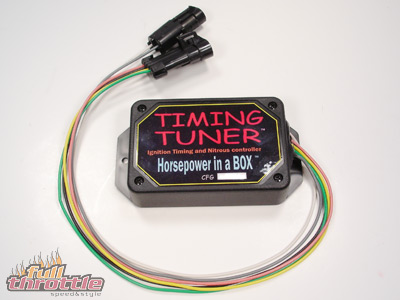

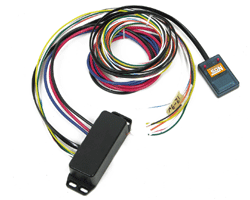
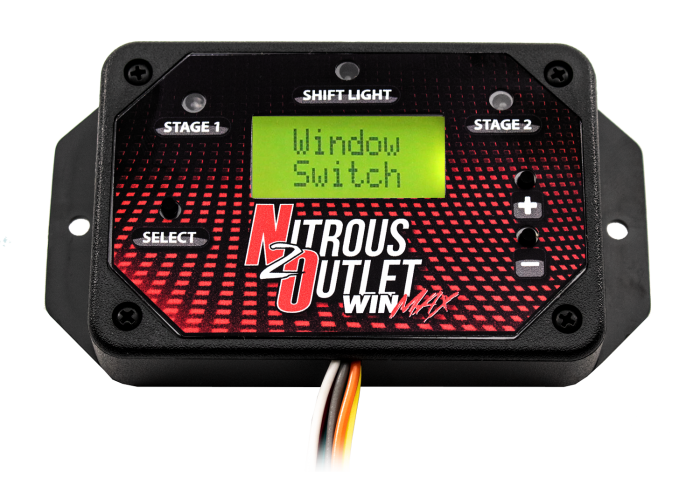
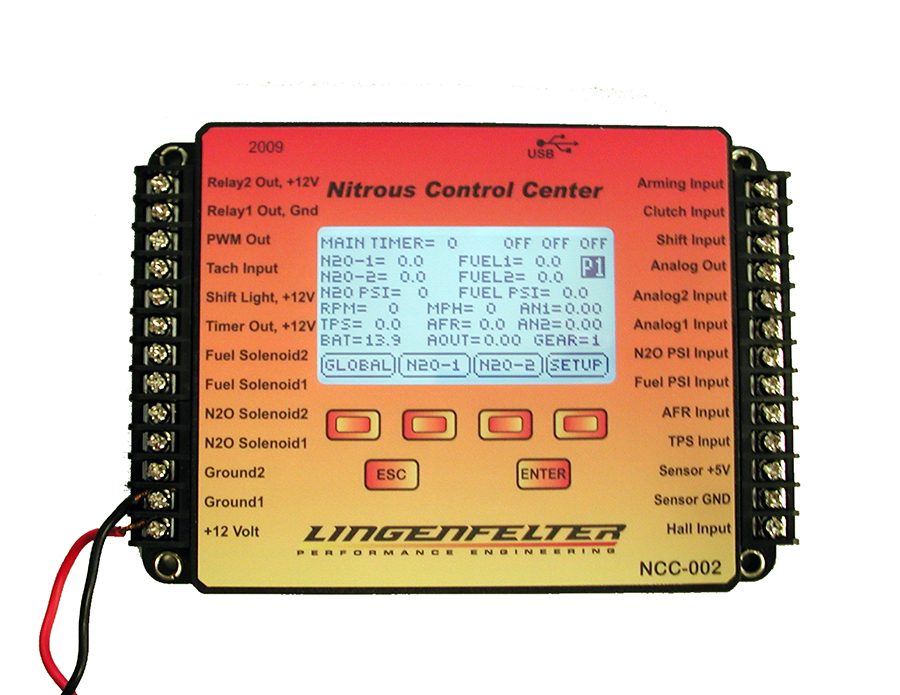
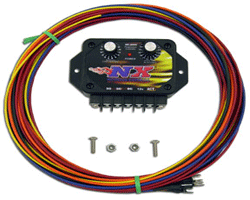
Reviews
There are no reviews yet.